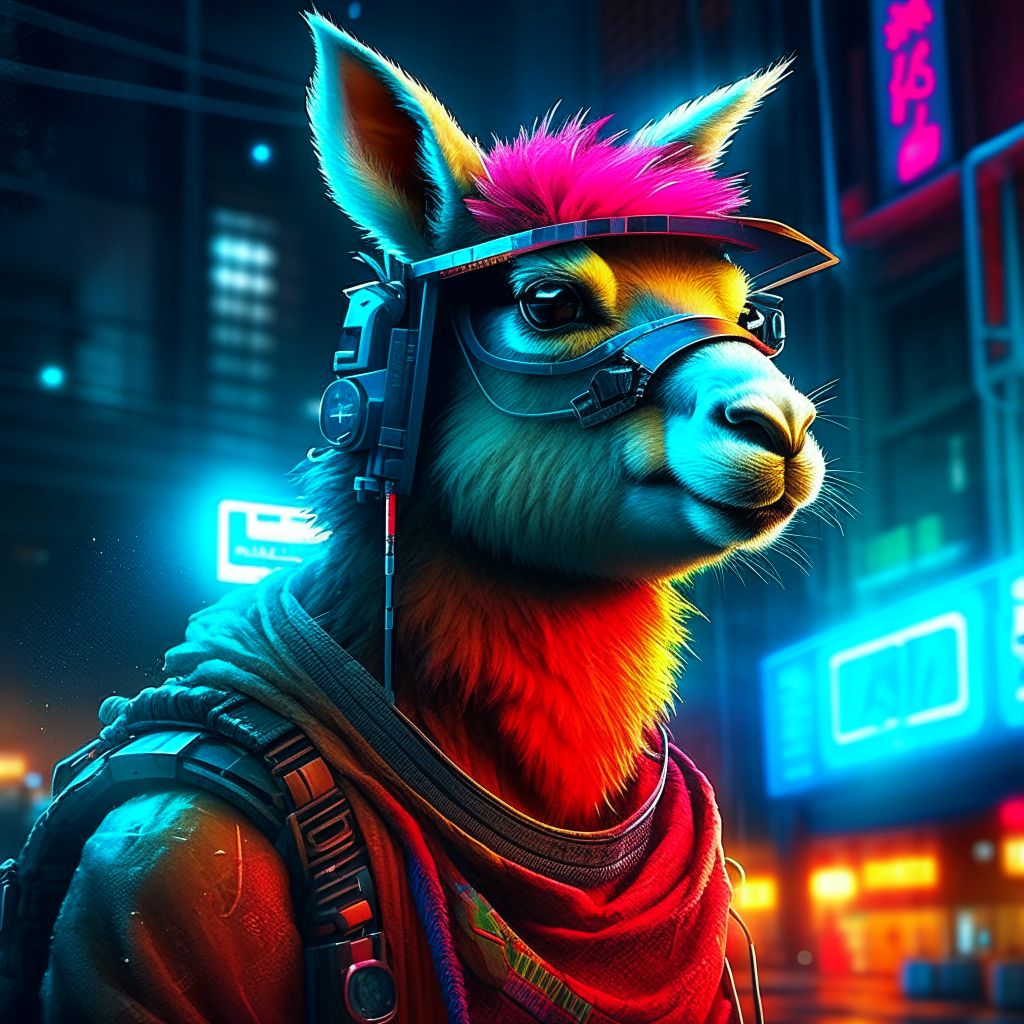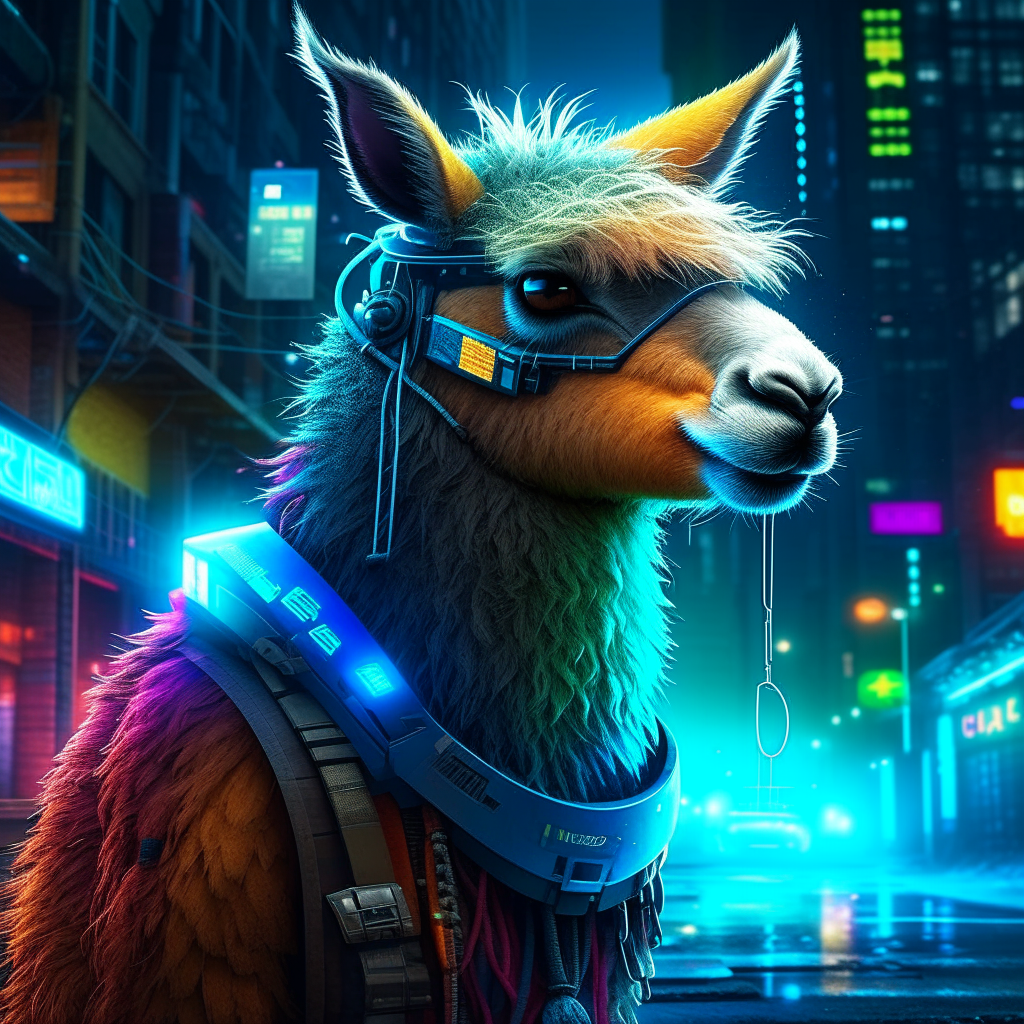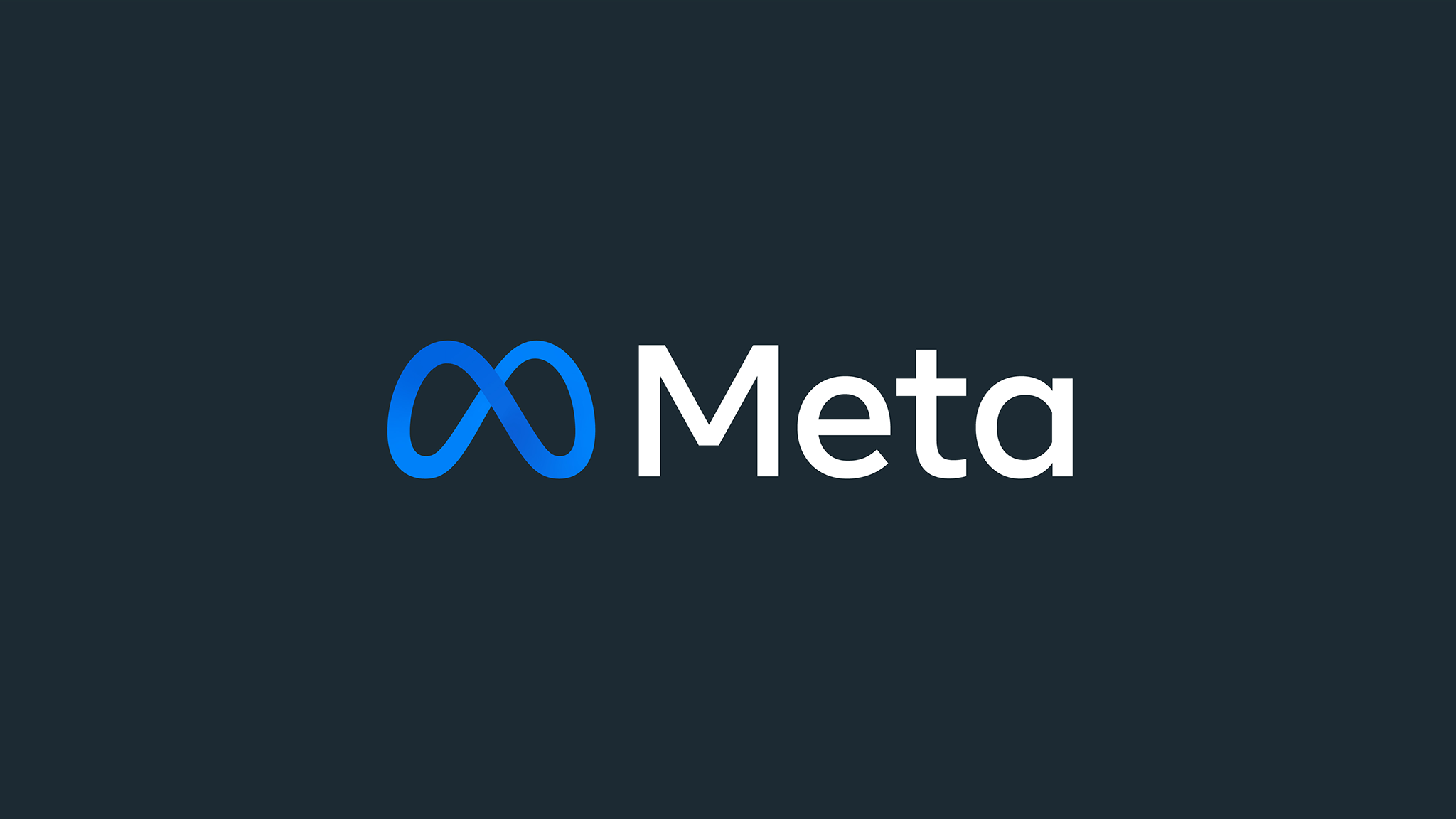llama-3-vision-alpha
Maintainer: lucataco

12

| Property | Value |
|---|---|
| Model Link | View on Replicate |
| API Spec | View on Replicate |
| Github Link | View on Github |
| Paper Link | View on Arxiv |
Create account to get full access
Model overview
llama-3-vision-alpha is a projection module trained to add vision capabilities to the Llama 3 language model using SigLIP. This model was created by lucataco, the same developer behind similar models like realistic-vision-v5, llama-2-7b-chat, and upstage-llama-2-70b-instruct-v2.
Model inputs and outputs
llama-3-vision-alpha takes two main inputs: an image and a prompt. The image can be in any standard format, and the prompt is a text description of what you'd like the model to do with the image. The output is an array of text strings, which could be a description of the image, a generated caption, or any other relevant text output.
Inputs
- Image: The input image to process
- Prompt: A text prompt describing the desired output for the image
Outputs
- Text: An array of text strings representing the model's output
Capabilities
llama-3-vision-alpha can be used to add vision capabilities to the Llama 3 language model, allowing it to understand and describe images. This could be useful for a variety of applications, such as image captioning, visual question answering, or even image generation with a text-to-image model.
What can I use it for?
With llama-3-vision-alpha, you can build applications that can understand and describe images, such as smart image search, automated image tagging, or visual assistants. The model's capabilities could also be integrated into larger AI systems to add visual understanding and reasoning.
Things to try
Some interesting things to try with llama-3-vision-alpha include:
- Experimenting with different prompts to see how the model responds to various image-related tasks
- Combining
llama-3-vision-alphawith other models, such as text-to-image generators, to create more complex visual AI systems - Exploring how the model's performance compares to other vision-language models, and identifying its unique strengths and limitations
This summary was produced with help from an AI and may contain inaccuracies - check out the links to read the original source documents!
Related Models

realistic-vision-v3.0

4
The realistic-vision-v3.0 is a Cog model based on the SG161222/Realistic_Vision_V3.0_VAE model, created by lucataco. It is a variation of the Realistic Vision family of models, which also includes realistic-vision-v5, realistic-vision-v5.1, realistic-vision-v4.0, realistic-vision-v5-img2img, and realistic-vision-v5-inpainting. Model inputs and outputs The realistic-vision-v3.0 model takes a text prompt, seed, number of inference steps, width, height, and guidance scale as inputs, and generates a high-quality, photorealistic image as output. The inputs and outputs are summarized as follows: Inputs Prompt**: A text prompt describing the desired image Seed**: A seed value for the random number generator (0 = random, max: 2147483647) Steps**: The number of inference steps (0-100) Width**: The width of the generated image (0-1920) Height**: The height of the generated image (0-1920) Guidance**: The guidance scale, which controls the balance between the text prompt and the model's learned representations (3.5-7) Outputs Output image**: A high-quality, photorealistic image generated based on the input prompt and parameters Capabilities The realistic-vision-v3.0 model is capable of generating highly realistic images from text prompts, with a focus on portraiture and natural scenes. The model is able to capture subtle details and textures, resulting in visually stunning outputs. What can I use it for? The realistic-vision-v3.0 model can be used for a variety of creative and artistic applications, such as generating concept art, product visualizations, or photorealistic portraits. It could also be used in commercial applications, such as creating marketing materials or visualizing product designs. Additionally, the model's capabilities could be leveraged in educational or research contexts, such as creating visual aids or exploring the intersection of language and visual representation. Things to try One interesting aspect of the realistic-vision-v3.0 model is its ability to capture a sense of photographic realism, even when working with fantastical or surreal prompts. For example, you could try generating images of imaginary creatures or scenes that blend the realistic and the imaginary. Additionally, experimenting with different guidance scale values could result in a range of stylistic variations, from more abstract to more detailed and photorealistic.
Updated Invalid Date

llama-2-13b-chat

18
The llama-2-13b-chat is a 13 billion parameter language model developed by Meta, fine-tuned for chat completions. It is part of the Llama 2 series of language models, which also includes the base Llama 2 13B model, the Llama 2 7B model, and the Llama 2 7B chat model. The llama-2-13b-chat model is designed to provide more natural and contextual responses in conversational settings compared to the base Llama 2 13B model. Model inputs and outputs The llama-2-13b-chat model takes a prompt as input and generates text in response. The input prompt can be customized with various parameters such as temperature, top-p, and repetition penalty to adjust the randomness and coherence of the generated text. Inputs Prompt**: The text prompt to be used as input for the model. System Prompt**: A prompt that helps guide the system's behavior, encouraging it to be helpful, respectful, and honest. Max New Tokens**: The maximum number of new tokens to be generated in response to the input prompt. Temperature**: A value between 0 and 5 that controls the randomness of the output, with higher values resulting in more diverse and unpredictable text. Top P**: A value between 0.01 and 1 that determines the percentage of the most likely tokens to be considered during the generation process, with lower values resulting in more conservative and predictable text. Repetition Penalty**: A value between 0 and 5 that penalizes the model for repeating the same words, with values greater than 1 discouraging repetition. Outputs Output**: The text generated by the model in response to the input prompt. Capabilities The llama-2-13b-chat model is capable of generating coherent and contextual responses to a wide range of prompts, including questions, statements, and open-ended queries. It can be used for tasks such as chatbots, text generation, and language modeling. What can I use it for? The llama-2-13b-chat model can be used for a variety of applications, such as building conversational AI assistants, generating creative writing, or providing knowledgeable responses to user queries. By leveraging its fine-tuning for chat completions, the model can be particularly useful in scenarios where natural and engaging dialogue is required, such as customer service, education, or entertainment. Things to try One interesting aspect of the llama-2-13b-chat model is its ability to provide informative and nuanced responses to open-ended prompts. For example, you could try asking the model to explain a complex topic, such as the current state of artificial intelligence research, and observe how it breaks down the topic in a clear and coherent manner. Alternatively, you could experiment with different temperature and top-p settings to see how they affect the creativity and diversity of the generated text.
Updated Invalid Date

llama-2-7b-chat

20
The llama-2-7b-chat is a version of Meta's Llama 2 language model with 7 billion parameters, fine-tuned specifically for chat completions. It is part of a family of Llama 2 models created by Meta, including the base Llama 2 7B model, the Llama 2 13B model, and the Llama 2 13B chat model. These models demonstrate Meta's continued advancement in large language models. Model inputs and outputs The llama-2-7b-chat model takes several input parameters to govern the text generation process: Inputs Prompt**: The initial text that the model will use to generate additional content. System Prompt**: A prompt that helps guide the system's behavior, instructing it to be helpful, respectful, honest, and avoid harmful content. Max New Tokens**: The maximum number of new tokens the model will generate. Temperature**: Controls the randomness of the output, with higher values resulting in more varied and creative text. Top P**: Specifies the percentage of the most likely tokens to consider during sampling, allowing the model to focus on the most relevant options. Repetition Penalty**: Adjusts the likelihood of the model repeating words or phrases, encouraging more diverse output. Outputs Output Text**: The text generated by the model based on the provided input parameters. Capabilities The llama-2-7b-chat model is capable of generating human-like text responses to a wide range of prompts. Its fine-tuning on chat data allows it to engage in more natural and contextual conversations compared to the base Llama 2 7B model. The model can be used for tasks such as question answering, task completion, and open-ended dialogue. What can I use it for? The llama-2-7b-chat model can be used in a variety of applications that require natural language generation, such as chatbots, virtual assistants, and content creation tools. Its strong performance on chat-related tasks makes it well-suited for building conversational AI systems that can engage in more realistic and meaningful dialogues. Additionally, the model's smaller size compared to the 13B version may make it more accessible for certain use cases or deployment environments. Things to try One interesting aspect of the llama-2-7b-chat model is its ability to adapt its tone and style based on the provided system prompt. By adjusting the system prompt, you can potentially guide the model to generate responses that are more formal, casual, empathetic, or even playful. Experimenting with different system prompts can reveal the model's versatility and help uncover new use cases.
Updated Invalid Date

meta-llama-3-8b

48.9K
meta-llama-3-8b is the base version of Llama 3, an 8 billion parameter language model from Meta. It is similar to other models like phi-3-mini-4k-instruct, qwen1.5-110b, meta-llama-3-70b, and snowflake-arctic-instruct in that they are all large language models with varying parameter sizes. However, meta-llama-3-8b is specifically optimized for production use and accessibility. Model inputs and outputs meta-llama-3-8b is a text-based language model that can take a prompt as input and generate text output. It can handle a wide range of tasks, from open-ended conversation to task-oriented prompts. Inputs Prompt**: The initial text that the model uses to generate the output. Top K**: The number of highest probability tokens to consider for generating the output. Top P**: A probability threshold for generating the output. Max Tokens**: The maximum number of tokens the model should generate as output. Min Tokens**: The minimum number of tokens the model should generate as output. Temperature**: The value used to modulate the next token probabilities. Presence Penalty**: A penalty applied to tokens based on whether they have appeared in the output previously. Frequency Penalty**: A penalty applied to tokens based on their frequency in the output. Outputs Generated Text**: The text output generated by the model based on the provided inputs. Capabilities meta-llama-3-8b can be used for a variety of natural language processing tasks, including text generation, question answering, and language translation. It has been trained on a large corpus of text data and can generate coherent and contextually relevant output. What can I use it for? meta-llama-3-8b can be used for a wide range of applications, such as chatbots, content generation, and language learning. Its accessibility and production-ready nature make it a useful tool for individual creators, researchers, and businesses looking to experiment with and deploy large language models. Things to try Some interesting things to try with meta-llama-3-8b include fine-tuning the model on a specific task or domain, using it to generate creative fiction or poetry, and exploring its capabilities for question answering and dialogue generation. The model's accessible nature and the provided examples and recipes make it a great starting point for experimenting with large language models.
Updated Invalid Date